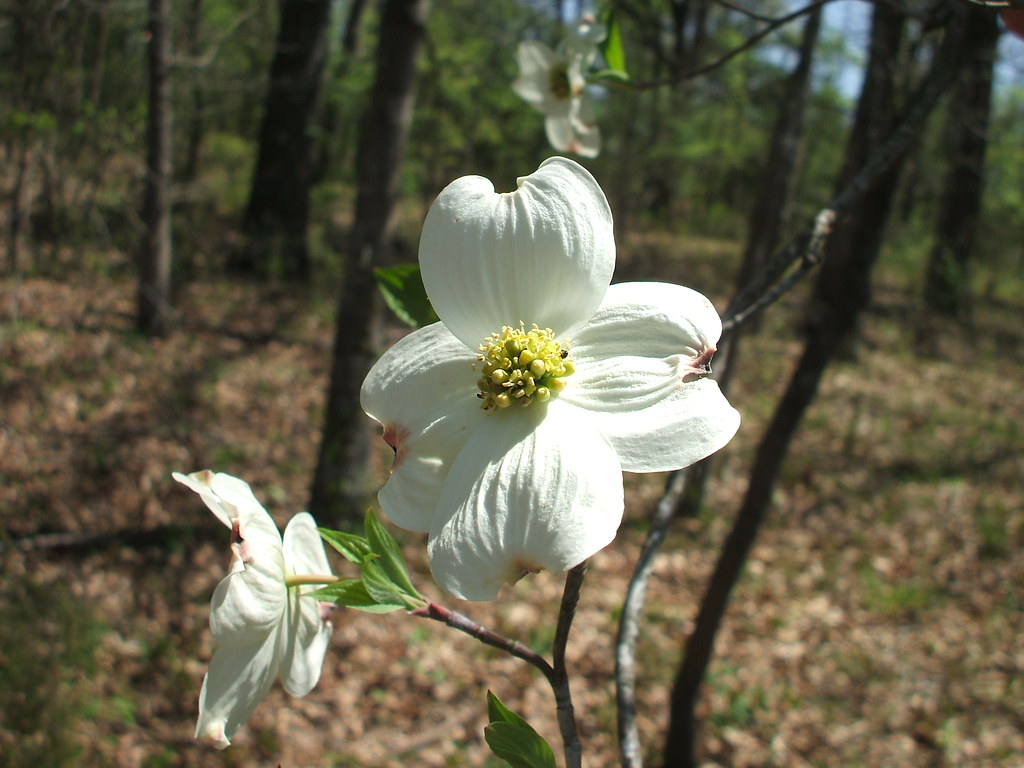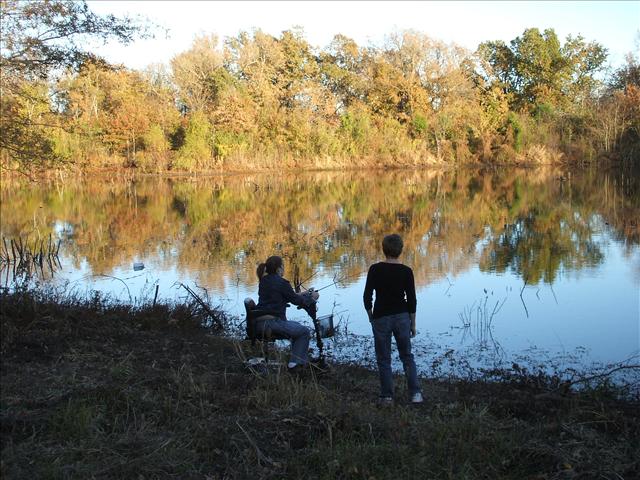There are many forest types across the country. Pine/hardwood and Post oak types are fairly common in Texas. It seems like every conceivable mix has a name so it can be categorized and catalogued. The large nutmeg hickory I have has increased my awareness of unusual trees and forests. Evidently, nutmeg hickory is rare and could be at risk of extinction in the future because of it being in mixed forests and rarely in pure stands. The only hickory type we have on the property seems to be nutmeg hickory. I have yet to identify another species of hickory, but I am constantly looking because it seems to associate with shagbark which has a similar bark appearance. I have also figured out that we are at the interchange of post oak forest into the East Texas piney woods. It makes for an interesting mix with lots of nutmeg hickory intermingling with Post Oak Savannah. I like the look of shade tolerant grasses gorwing under the trees, even if they are not Post oaks. Post Oak Savannah is considered a threatened forest type from development and farming practices. It is not considered a valuable timber forest type because of poor tree form and the low stocking levels that let in light for the grasses. I wonder how unusual my forest type is? A threatened type transitioning into a rare type? Texas A&M considers the nutmeg hickory to be important enough to collect specimens from a variety of places for a gene bank. It is the transitional species from pecan hickories to true hickories. I also consider it a beautiful tree worth keeping in my forest. Uneven aged management should provide a wide range of tree sizes to offset any disasters. It also helps that it is a prolific seeder and, with the help of squirrels, provides a good stock of saplings to fill any forest openings. As I make improvements to my forest health, I will allow some of these slow growing, stately trees to have a place. A forest does not need to be a single species or a single age. Here are a few academic sites I found helpful in my search for nutmeg hickory information:
http://aggie-horticulture.tamu.edu/carya/SPECIES/myristiciformis/myristiciformis.HTM
http://aggie-horticulture.tamu.edu/carya/cgc/cgc97.htm
Wednesday, April 22, 2009
Subscribe to:
Post Comments (Atom)


No comments:
Post a Comment